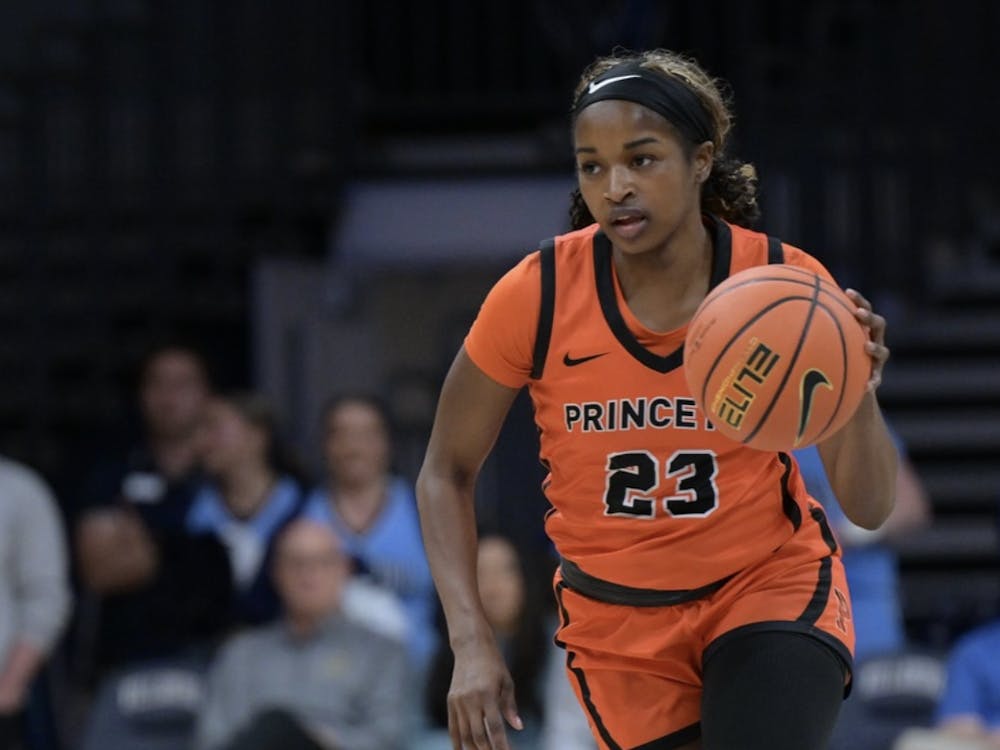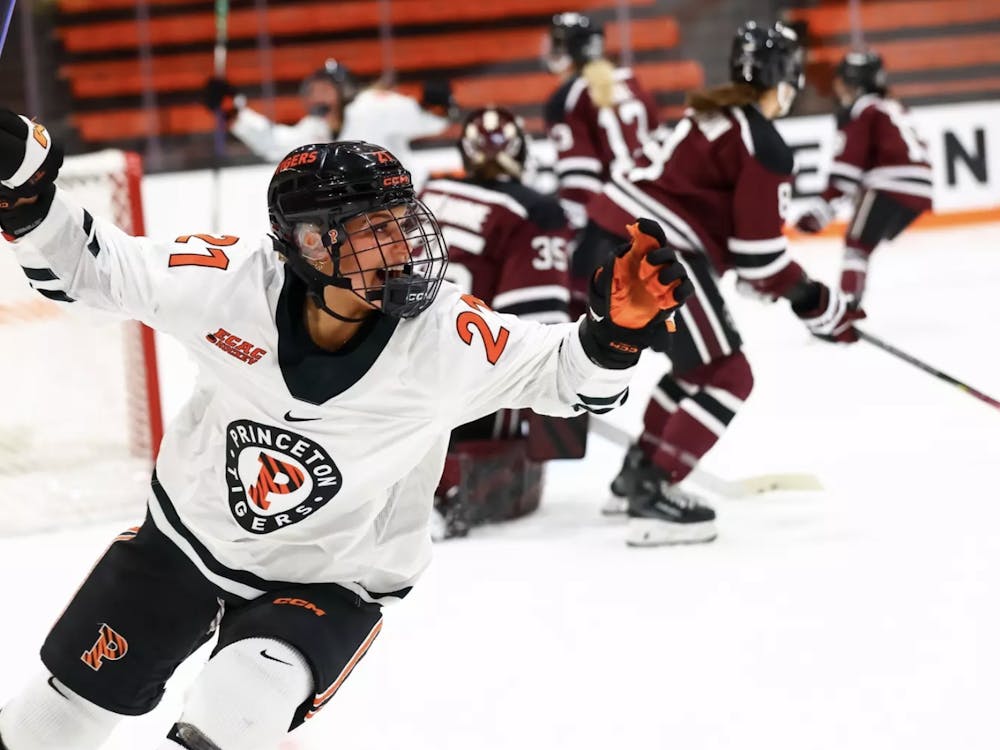The Ivy League announced yesterday that Harvard guard/forward Wesley Saunders was the coaches’ pick for its men’s basketball player of the year award. Now I’m no basketball expert, so can someone please tell me what they see in Saunders that I do not? Because all I see are conference statistics perhaps not even worthy of a first team selection, let alone the designation of “best” player in the league.
Saunders averaged 12.3 points per game, good for just 12th in the league and second on his own team. But perhaps he was just crowded out by his five All-Ivy teammates, and his shooting percentage tells the real story. Well, he shot 44.1 percent, only 15th best in the league, despite taking nearly 90 percent of his shots from inside the arc. Saunders is, to his credit, a very versatile player, and his 4.2 assists per game are second in the league only to Crimson point guard Siyani Chambers. He might not even be the best player on his team, according to a few advanced metrics. His player efficiency rating is 18.5, while forward Steve Moundou-Missi leads Harvard at 26.5. Saunders’ offensive rating of 113.2 points produced per 100 possessions is well behind guard Laurent Rivard’s 140.5. Statistics obviously can’t paint the entire picture, but it’s hard for me to believe that “intangibles” push Saunders from pretty good to number one.
In my opinion there are just two players who have valid claims to player of the year. The first is Yale forward Justin Sears, who had a breakout sophomore year. He tied for the league lead with 19.5 points per game and was the sole leader at 7.9 rebounds per game. He shot 51.9 percent and blocked two shots a game, both top-five marks in the league. Sears is also one of the most athletic players to ever suit up for an Ivy League team. The one time I saw him play in person, he did his best Blake Griffin impersonation, taking off from a couple yards away and posterizing Princeton’s sophomore forward Hans Brase. Sears was probably considered the favorite for the POY award by informed observers but somehow didn’t even end up a unanimous first team selection.
But as good as Sears is, my very biased pick for player of the year goes to Princeton’s very own senior captain and guard T.J. Bray. I’ve been hammering this point home for so long I’ve almost grown tired of writing it. But let’s review: Bray averaged 19.2 points, 5.5 rebounds and 4.2 assists per game, placing him among the league leaders in each category. No one else comes even close to this kind of all-around performance. But what truly sets him apart is his efficiency. His 54.6 percent overall shooting is impressive enough, but when you consider that he takes 41 percent of his shots from the three, it becomes jaw-dropping. The statistic that captures this most accurately is effective field goal percentage, in which Bray ranks second in the country. He’s also second in the country in offensive rating and third in win shares per 40 minutes. No other Ivy League player appears in the top 20 of any of these rankings.
Yet Bray, it seems, could not care less about his individual performance. I watched nearly every one of his postgame interviews this year and not once did he fail to answer questions about his individual performance with praise for his teammates. Bray cares about one thing and one thing only: winning. Yes, Princeton had a rough start to 2014, but the last two weekends have seen the Tigers outscore their opponents by nearly as much as the mighty Crimson has against the same teams and over the same time span. Let’s hope that Princeton accepts whatever postseason bid comes its way and we get to see more of Bray, Ivy League rookie of the year Spencer Weisz and the rest of the Tigers!







